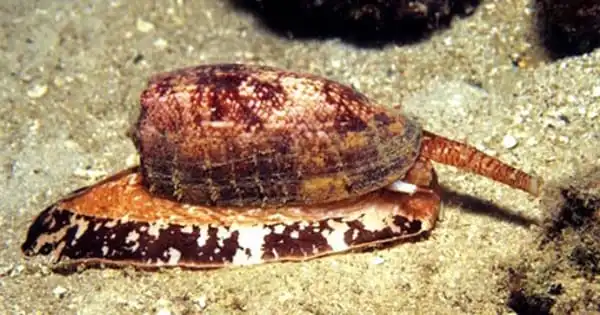Chitin, an organic polymer that makes up the majority of the shells of arthropods like crustaceans and other insects, is used to make a butterfly’s wings. A butterfly will gradually spread its wings out to their full splendor as it emerges from its cocoon during the last stage of metamorphosis.
Blood pours through the butterfly’s veins while the chitinous material unfolds, creating forces that reorganize the material’s molecules to give it the specific strength and stiffness required for flight. This natural combination of forces, movement of water, and molecular organisation is the inspiration behind Associate Professor Javier G. Fernandez’s research.
Alongside fellow researchers from the Singapore University of Technology and Design (SUTD), Assoc Prof Fernandez has been exploring the use of chitinous polymers as a sustainable material for engineering applications.
In their latest study, ‘Secondary reorientation and hygroscopic forces in chitinous biopolymers and their use in passive and biochemical actuation’ published in Advanced Materials Technologies, the research team shed light on the adaptability and molecular changes of chitinous materials in response to environmental changes.
“We’ve demonstrated that even after being extracted from natural sources, chitinous polymers retain their natural ability to link different forces, molecular organisation, and water content to generate mechanical movement and produce electricity without the need for an external power source or control system,” said Assoc Prof Fernandez, highlighting the unique features that make chitinous polymers energy-efficient and biocompatible smart materials.
Chitin is used for many complex functions in nature, from making the wings of insects to forming the hard protective shells of molluscs, and has direct engineering application. Our ability to understand and use chitin in its native form is critical to enable new engineering applications and develop them within a paradigm of ecological integration and low energy.
Professor Javier G. Fernandez
Every ecosystem contains chitin, which is the second-most prevalent organic polymer in nature after cellulose. The same SUTD research team has shown that it can be obtained easily and sustainably from a variety of species, including urban garbage.
To make films that are around 130.5 micrometers thick for the current work, the researchers isolated chitinous polymers from discarded shrimp shells. They looked at changes in molecular organization, water content, and mechanical properties as a result of external stresses on these chitinous films.
The scientists found that stretching the chitinous films reorganized the crystalline structure in a manner similar to how butterfly wings expand; the molecules became more closely packed and the water content reduced.
The chitinous films were changed into a material approximating plastics for high-end and specialized technical uses from initial properties akin to cheap plastics.
The reorganized chitinous films could autonomously relax and contract in response to environmental changes, unlike the inert nature of synthetic polymers, much like how some insects can modify their shell to suit various circumstances. This ability enables the chitinous films to lift objects weighing over 4.5 kilogrammes vertically.
The study team put the biocompatible films together in a mechanical hand to show their engineering usefulness. The scientists produced enough force for the hand to exhibit a grasping motion by manipulating the intermolecular water of the films through environmental changes and metabolic activities.
Impressively, the gripping force was equivalent to 18 kilogrammes more than half the average grip strength of an adult. The capacity of chitinous films to generate such force biochemically also raises the possibility of their seamless integration into biological systems and their applicability for biomedical uses, such as artificial muscles and medical implants.
In a different experiment, the scientists demonstrated how it was possible to harness environmental energy and turn it into electricity by observing how the material responded to changes in humidity.
The mechanical motion of the films in response to changes in humidity was transformed into electrical currents appropriate for miniature devices by affixing the films to a piezoelectric material.
Assoc Prof Fernandez’s proof-of-concept study illustrates how both the native mechanical characteristics and embedded functionalities of chitin can be reproduced, emphasising the potential use of chitin in engineering and biomedical applications. He opines that materials like chitin play a vital role in the transition to a more sustainable paradigm, which he terms as the biomaterial age.
“Chitin is used for many complex functions in nature, from making the wings of insects to forming the hard protective shells of molluscs, and has direct engineering application. Our ability to understand and use chitin in its native form is critical to enable new engineering applications and develop them within a paradigm of ecological integration and low energy,” concluded Assoc Prof Fernandez.
















